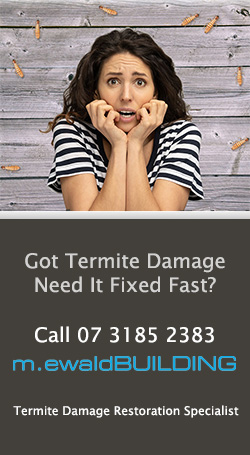Whether you are building a home or living in one, wood is an integral aspect of home design. Some wood construction is built to last forever; others rust, rot, and decay. It’s no secret that termites cause a lot of damage to homes. At some point, you may find that termite damage has weakened your wooden structures. You may be wondering what steps to take next. Do you replace the damaged structure or fix it?
How to identify damaged wood
Damage from termites can happen over time, so it can be hard to spot without some knowledge of what to look for. So, what can you look for to determine if you have termite-damaged wood in your home? To start, look for tiny black pinholes anywhere in your house. These indicate the presence of the termite’s mud tubes. These tubes are how termites travel through wood, and they are sometimes visible on the surface of the wood. However, in other cases, you may have to cut a small section of wood to see them.
A few things to consider before thinking that you can identify termites by looking at any piece of wood are:
- How old is the wood, termites don’t hollow out wood that is less than 5 years old.
- Is the wood wet, if yes, it is not termite damage, it is fungal damage.
- If you see a pattern of holes, it is likely termites, but if you only see one hole, it could be wood boring insects.
Treating the damaged wood
Termites can eat through stud walls, roof framing, and subfloor timber framing, as well as other types of wood in your home. If the damage is to windows and door frames and other non structural timber and wood elements of the house, the repairs can be a lot simpler.
Wood hardeners, which are special adhesives intended to fill in fissures, may be used to treat small cracks and weakened areas. If the wood damage seems to have long, hollowed out grooves, use a wood filler instead of a hardener.
Replacing damaged wood
If you have a damaged section of wood in your home’s foundation or in an exterior wall, you’ll need to replace the damaged wood. Wood replacement is a popular alternative to termite treatment or rebuilding in the wake of a termite infestation. Wood replacement is economical, effective, and has a long track record of proven success.
For cost effective termite damage repair, it is crucial the person assessing and inspecting the termite damage for repairs has a solid understanding of construction. If the damage can’t be fixed with wood hardeners and fillers but not serious enough to be deemed structural damage, the wood will need to be replaced.


